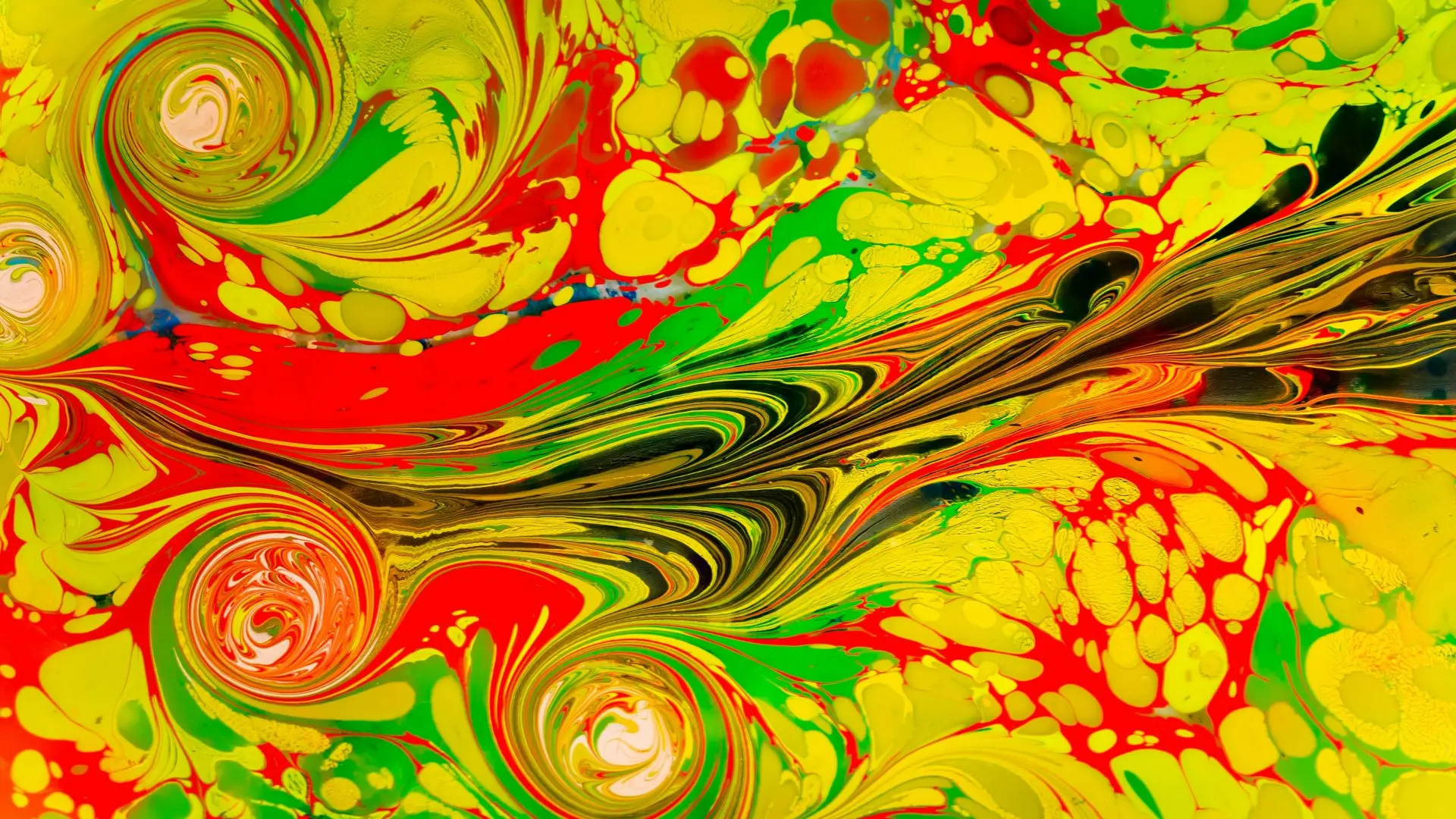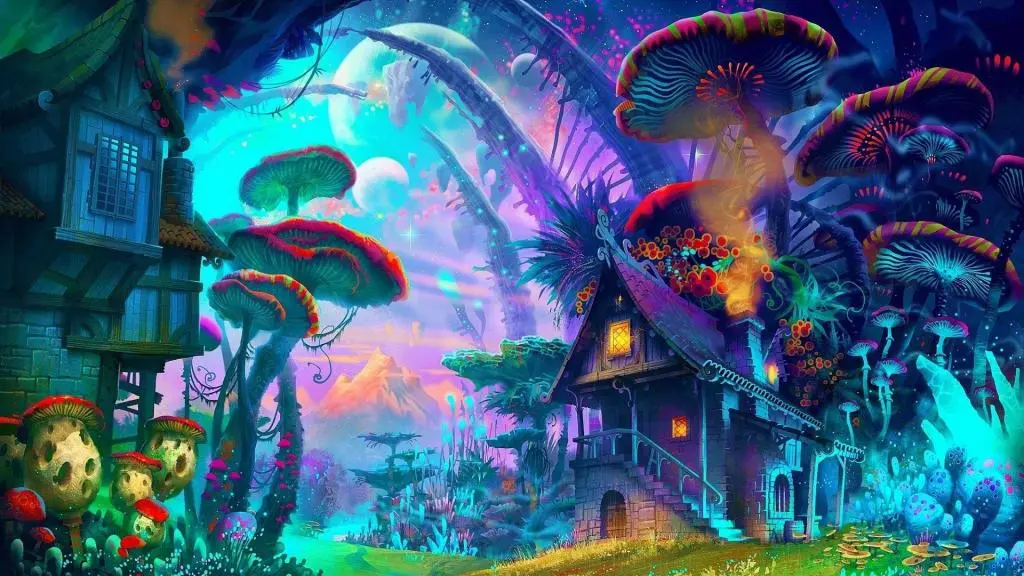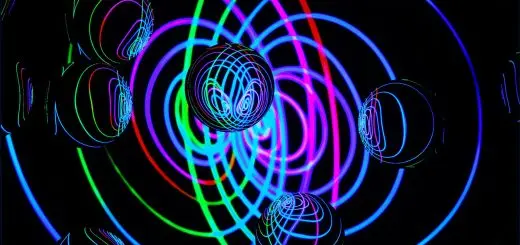How to Design Custom T-shirts for Every Occasion

Looking for more amazing products? Check out our online store and explore our collection here! Happy shopping!
Before diving in, please note: This post is for informational purposes only. If you’d like to know more about how we approach topics, feel free to check out our friendly Disclaimer Page.
Hey there, amazing readers! 
We’re committed to delivering quality posts, and your support (even just sticking around despite the ads) means everything to us. So, bear with us, and thanks for helping us keep the good vibes rolling. Now, on to the fun stuff!
TRANSLATE BUTTON AT THE END OF THE ARTICLE
A Quick Overview
Designing custom T-shirts can be an exciting journey filled with creativity, expression, and a splash of personality.
Whether you’re preparing for a family reunion, a birthday bash, or a casual day out, the right T-shirt can elevate any occasion.
In this article, I’ll guide you through the essential steps to create custom T-shirts that are not just stylish, but also meaningful.
Let’s dive into this fabric adventure!
Unleashing Your Creativity: Start with a Vision
Every great design begins with an idea.
Think about what kind of message or image you want to convey.
Are you going for humorous, inspirational, or artistic?
Sit down and jot down some concepts.
Sketching can help bring your thoughts to life, even if you’re not Picasso.
Sometimes, I find that doodling while brainstorming can spark unexpected creativity.
Consider the theme of your event.
For instance, if you’re designing for a summer picnic, think about elements like sunshine, nature, and fun activities.
Alternatively, for a professional setting, your design might incorporate a logo or a simple, elegant pattern.
Next, research existing designs for inspiration.
Pinterest, Instagram, or even TikTok can be goldmines for T-shirt design ideas.
But remember, what you create should be your own spin on things.
It might help to gather inspiration from various sources.
Magazines, art galleries, or even everyday life can provide creative fuel.
Visualize your T-shirt in different settings and scenarios—how would it look at a family barbecue?
What about at a concert?
Always keep your target audience in mind.
Are they friends, family, or coworkers?
Tailoring your design to resonate with them adds that personal touch.
You want them to feel a connection with the T-shirt, so think about what they would love to wear.
Finally, don’t be afraid to experiment.
Sometimes, the most unconventional ideas lead to the best designs.
Play with various concepts until you find one that sings to you.
Your passion will shine through in your design, making it all the more special.
Choosing the Right Fabric: Comfort Meets Style
Fabric choice can make or break your custom T-shirt.
It’s essential to select a material that feels good against the skin while also holding your design well.
Common fabric options include cotton, polyester, and blends.
Cotton is soft, breathable, and perfect for casual wear, while polyester is durable and often used for performance wear.
Consider the occasion when choosing fabric.
If your T-shirt is for a summer event, lightweight cotton or a cotton-polyester blend will keep everyone cool.
For colder weather, heavier materials or long-sleeve options might be appropriate.
Take a moment to think about the fit as well.
Does your audience prefer a relaxed, loose fit, or do they lean more toward a fitted style?
This decision can significantly affect how comfortable they feel in the T-shirt.
I once made the mistake of ordering fitted T-shirts for a family reunion, only to find out that most of my relatives preferred a looser cut.
Lesson learned!
Don’t forget about the care instructions.
If your design involves intricate printing, certain fabrics may require special washing methods.
Choose materials that are easy to care for, especially for mass orders.
A tip I often share is to request fabric samples from suppliers before making a bulk order.
It’s a small step that can save you a lot of trouble down the line.
You want to touch and feel the fabric to ensure it aligns with your vision.
Lastly, consider the environmental impact of your fabric choice.
Organic cotton or recycled materials can be great options if you’re looking to create a more sustainable product.
It’s a small way to contribute to a healthier planet while still sporting a fabulous T-shirt.
Color Psychology: Picking the Perfect Palette
Color plays a crucial role in T-shirt design.
It’s not just about looking pretty; colors evoke feelings and influence perceptions.
For example, blue often communicates calmness and trust, while red can signify excitement and urgency.
So, what mood do you want to set with your T-shirt?
Think about your audience again.
If you’re designing for a children’s event, bright and cheerful colors like yellows and oranges can create a fun atmosphere.
In contrast, muted tones might be more suitable for a professional workshop.
When selecting colors, consider using a color wheel to assist with combinations.
Analogous colors (those next to each other on the wheel) create a harmonious look, while complementary colors (those opposite each other) can make your design pop.
Don’t forget to think about the color of the T-shirt itself.
A dark fabric might require lighter text or graphics to stand out, while a light T-shirt can work well with bold, dark colors.
I once made a T-shirt with white text on a light gray background that turned out to be nearly unreadable.
Oops!
Test out different color combinations using design software.
Tools like Canva or Adobe Illustrator can be incredibly useful for visualizing your ideas.
What looks good on the screen may not always translate perfectly onto fabric, so keep that in mind.
Finally, remember that less can be more.
Sometimes a simple two or three-color design can be more striking than a rainbow explosion.
Focus on what resonates with your theme and audience.
Fonts and Graphics: Making Your Design Stand Out
Fonts and graphics are the visual heartbeat of your T-shirt design.
Choosing the right font can enhance your message.
For example, a playful script font might work beautifully for a fun family reunion, while a clean sans-serif might be perfect for corporate branding.
Be mindful of legibility.
Some decorative fonts look fantastic but can be tough to read from a distance.
I once designed a T-shirt with a trendy font that looked gorgeous on screen but required squinting to read in real life.
Lesson learned: clarity matters!
When it comes to graphics, you have plenty of options.
Whether it’s an illustration, a photo, or a logo, make sure it aligns with your vision.
You could even create a graphic from a personal photo or artwork, adding that special touch.
Consider the placement of your graphics as well.
A large design on the front is bold, but smaller designs on the back or sleeves can create an interesting effect.
You could also think about layering text over graphics for added depth.
Always ensure you have the right resolution for any images you use.
A low-resolution image will pixelate when printed, ruining your design.
Aim for at least 300 DPI (dots per inch) to keep things sharp.
Finally, don’t forget to test your design by printing a prototype.
It’s a small investment that can save you from a larger disappointment later.
Once you see your design physically, you may want to tweak elements before committing to a full run.
Designing for Seasons: T-shirts for Every Weather
Seasonality is a crucial factor when designing T-shirts.
Each season brings its own moods, colors, and styles.
For summer, think about light, breathable fabrics and bright colors.
Those bright designs can reflect the sunny vibes, making everyone feel energized.
In contrast, colder months might call for long-sleeve T-shirts or layering options.
Thicker fabrics and darker colors can convey warmth and coziness.
I remember making a winter-themed T-shirt that featured snowflakes and a cozy scarf graphic.
It was a hit!
For spring, floral patterns or pastel colors can resonate with the season’s freshness.
It’s all about embracing what each season has to offer.
Don’t forget about holidays and events that occur during different seasons.
A Halloween-themed T-shirt can include pumpkins and spooky fonts, while a Valentine’s Day design could lean into hearts and romantic colors.
These seasonal touches add an extra layer of relevance to your designs.
If you are designing school spirit wear or team shirts, consider the timing of sports seasons.
A sports-themed T-shirt during the playoffs can boost morale and create a sense of unity among fans.
Lastly, always keep an eye on trends.
Seasonal fashion trends can change rapidly, and what was stylish one year might not be the next.
Staying updated can help you create designs that feel fresh and current.
Occasions Matter: Tailoring T-shirts for Events
Every occasion is a unique opportunity to create meaningful T-shirts.
Whether it’s a wedding, reunion, or charity event, your T-shirt should reflect the spirit of the occasion.
For weddings, consider designs that incorporate the couple’s names or wedding date.
A subtle and elegant design can serve as a lovely keepsake for guests.
Family reunions are all about fun!
Think about playful graphics or inside jokes that everyone can relate to.
I once designed a family reunion shirt with our family tree, which turned out to be a conversation starter for everyone.
For corporate events, branding is key.
T-shirts with company logos or motivational slogans can boost team morale and unity.
Remember, a well-designed T-shirt can act as a walking advertisement for your brand.
Charity events also offer a chance to make an impact.
Consider incorporating the cause into your design.
A T-shirt promoting a fundraiser can help raise awareness while looking great.
Don’t forget about the vibe of the event.
A casual beach party shirt will look very different from one designed for a formal gala.
Consider the audience and the environment when finalizing your design.
Finally, think about how attendees will use the T-shirt after the event.
A design that resonates with people will likely be worn again, extending its life beyond the occasion.
That’s a win-win!
Testing Your Design: Get Feedback Before Printing
Before going all-in on your T-shirt design, get feedback.
This step can save you from potential hiccups down the road.
You’d be surprised how many small details people notice that you might overlook.
Share your designs with friends or potential wearers.
Ask about their first impressions.
Do they find the colors appealing?
Is the font legible?
Do they get the message?
Honest feedback can make a world of difference.
Consider creating mock-ups using design software.
This way, you can show off your design in a realistic context, helping people visualize how it will look when worn.
If possible, print a small batch of T-shirts to see how they come out.
This is where real-world testing shines.
You’ll be able to assess the fabric, fit, and overall appearance.
Also, think about conducting a survey.
Tools like Google Forms can help gather feedback from a larger audience.
Ask specific questions to gain insight into preferences and potential improvements.
Finally, don’t be afraid to make changes based on feedback.
A little tweak here and there can significantly enhance your design’s appeal.
Showcasing Your Custom T-shirts: Share with the World!
Once you’ve finalized your T-shirt design, it’s time to share it with the world!
Start by taking high-quality photos of your T-shirts.
Good lighting and a clean background can showcase your design beautifully.
Post your T-shirts on social media platforms.
Instagram and Facebook are fantastic for sharing visuals, while Twitter can help spread the word.
Use relevant hashtags to reach a broader audience.
Consider setting up an online store or using platforms like Etsy or Redbubble to sell your creations.
It’s a great way to reach people who might be interested in your design.
Don’t forget about local events!
Farmers’ markets, fairs, or community gatherings can be great places to showcase your T-shirts.
You can connect with your local audience and get real-time feedback.
Encourage customers to share pictures of themselves wearing your T-shirts.
User-generated content is a powerful way to build social proof.
You could even run a contest for the best photo, offering a prize to the winner.
Finally, consider collaborating with influencers or local businesses to expand your reach.
They can help promote your T-shirts, giving you access to new audiences.
Conclusion
Designing custom T-shirts for various occasions can be an immensely rewarding experience.
From unleashing your creativity to choosing fabrics and colors, each step adds depth to your design.
Remember to consider your audience and the context, and gather feedback before printing.
Whether for a casual outing or a formal event, your T-shirts can spark joy and create lasting memories.
So, grab your design tools, and let’s get started on that perfect T-shirt!

The Enlightenment Journey is a remarkable collection of writings authored by a distinguished group of experts in the fields of spirituality, new age, and esoteric knowledge.
This anthology features a diverse assembly of well-experienced authors who bring their profound insights and credible perspectives to the forefront.
Each contributor possesses a wealth of knowledge and wisdom, making them authorities in their respective domains.
Together, they offer readers a transformative journey into the realms of spiritual growth, self-discovery, and esoteric enlightenment.
The Enlightenment Journey is a testament to the collective expertise of these luminaries, providing readers with a rich tapestry of ideas and information to illuminate their spiritual path.
Our Diverse Expertise
While our primary focus is on spirituality and esotericism, we are equally passionate about exploring a wide range of other topics and niches 

To ensure we provide the most accurate and valuable insights, we collaborate with trusted experts in their respective domains 
Our blog originally focused on spirituality and metaphysics, but we’ve since expanded to cover a wide range of niches. Don’t worry—we continue to publish a lot of articles on spirituality! Frequently visit our blog to explore our diverse content and stay tuned for more insightful reads.
Hey there, amazing reader! 
Check out our store here and take a peek at some of our featured products below! Thanks for being awesome!










